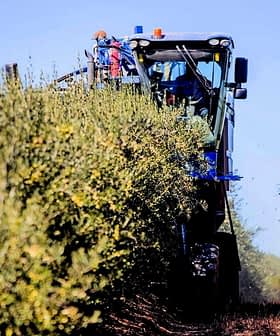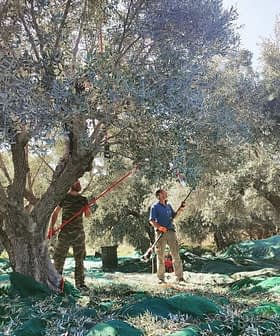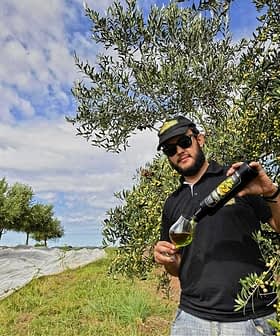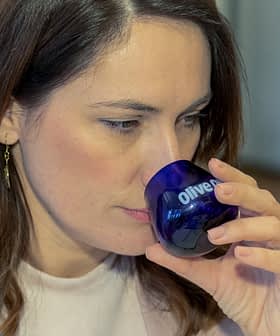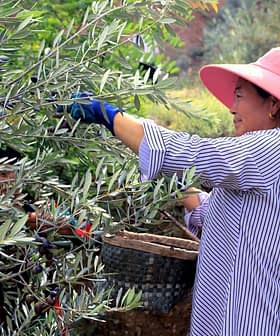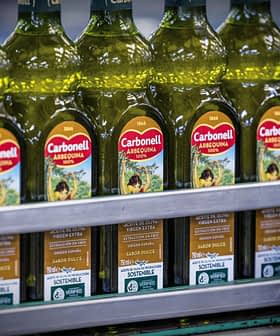Some restaurant and foodservice “extra virgin” olive oils are so bad, a taste panel found them unfit for human consumption, according to a study released today. And while that might not be surprising to diners, nearly all of the inedible oils sampled actually passed the most commonly used chemical purity tests.
The report, from the University of California at Davis Olive Center, revealed that results from chemical tests that are part of the USDA’s voluntary standards were often at odds with what expert tasters found, and with newer chemistry methods.
If olive oil is labeled extra virgin, it must pass certain chemical tests and be found free of taste defects by an accredited sensory panel. The problem is that there are few recognized panels and the olive oils we buy, or are served, are rarely tasted by one.
Newer chemical testing methods (referred to as PPP and DAGs) provide a much more reliable indication of olive oil quality, but the techniques are not part of the USDA or international standards, and are seldom used in commerce.
The report found one “extra virgin” olive oil brand, Auguri, which is distributed by Sysco, was adulterated with refined canola oil. And in a startling indication of foul play, a sample of the brand’s other “olive oil” grade was also found to be about 70 percent canola.
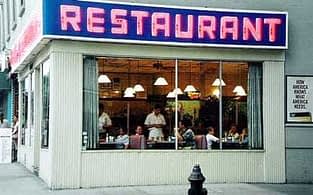
Numerous reports have revealed the inconsistent quality of olive oils found on supermarket shelves, but today’s study is the first to pull samples from the foodservice supply chain. The foodservice industry encompasses all meals prepared outside of home and is said to be roughly equal in size to sales to consumers through grocery outlets.
The findings underscore the institutional ambivalence that lags behind consumers’ growing interest in the health benefits and taste characteristics of high quality olive oil. A University of California, Berkeley cafeteria menu, for example, still defines extra virgin olive oil as a mixture with refined pomace olive oil.
However, today’s study shows that knowing what the different grades mean is not enough for institutional food buyers. Only thorough testing can determine if they are getting extra virgin, canola oil, or worse.
Of course there will be a cost, and not just for the testing. Foodservice buyers might prepare themselves for the sticker shock they will inevitably feel when they learn (if they didn’t already know) that real extra virgin olive oil cannot be bought for $2 per liter. The sooner that day comes, the better for the consumers they serve who are showing a growing concern for food quality.
Samples for the study were obtained for the Olive Center by Sodexo. Sensory analyses were conducted by panels in Australia, Spain and Italy.
Last year, the Olive Center presented a seminar at the Culinary Institute of America’s Napa Valley campus to help institutional buyers understand olive oil quality issues. The Center’s director, Dan Flynn, told Olive Oil Times there will be more such initiatives.
“We’re trying to push the science and we have information on how institutional buyers can protect themselves,” Flynn said. Institutional buyers “need to use better tests, add them to their own quality control protocols or urge outside labs to adopt these modern methods that are better at determining olive oil quality,” he said.
Still, Flynn acknowledges, testing is expensive. “We need to do more work on finding faster, better and cheaper methods to assess quality.”
Source: Evaluation of Olive Oil Sold to Restaurants and Foodservice


